
How Rupert Neve Helped Launch AudioTechnology
An Infinitely Recurring Echo From a Warm & Distant Past…
“How about an interview with Rupert Neve?” It was late ’97, and the enthusiastic voice on the end of the phone was Frank Hinton of ATT Audio Controls. Frank was the Australian representative for Amek, the highly regarded British console manufacturer. We were discussing a review of Amek’s PurePath products for the premiere issue of AudioTechnology, and Frank thought it would be a good idea to include an interview with PurePath’s designer, Mr Rupert Neve.
It seems crazy now, but I was lukewarm to the idea. I was carrying in my head the entire editorial vision for this new magazine, AudioTechnology, and had already mapped out the content of the first issue. Accompanying the PurePath review with an interview, no matter how small, meant more space would be required, and that was likely to send a ripple of layout changes through the following pages of the magazine.
Furthermore (and I feel terrible admitting this), I didn’t think the name ‘Rupert Neve’ was particularly newsworthy at the time. It didn’t stack up against the exciting things I had planned for the first issue, such as our scoop in-depth preview of Paris (RIP), the eagerly-anticipated digital audio workstation from Ensoniq (RIP), and the accompanying interview with its designer, Stephen St Croix (RIP). This was hot ‘front cover’ news, whereas the name ‘Rupert Neve’ was perennial… an infinitely recurring echo from a warm and distant past.
Nonetheless, what old-school audio guy in his right mind would turn down a chance to talk with Rupert Neve? I resolved to somehow shoehorn a half-page or thereabouts into the review. So while Frank arranged a date and time, I studied the PurePath promotional literature and jotted down half a dozen questions.
When the time arrived, I dialled the number. Somewhere in Wimberley, Texas, an English gentleman was waiting patiently by the phone. “Hello? Can I speak to Rupert Neve please?” The voice on the other end sounded like an older, wiser and far more secure Hugh Grant, and was immediately at-ease and welcoming. “This is Rupert…”
After exchanging formalities, we got down to business… and my brief little six-question 20-minute interview went on for two fascinating hours, covering every imaginable aspect of audio equipment history, design and application. Rupert was happy to talk for as long as I was happy to listen, and I didn’t give a hoot about the international phone call charge because his words were priceless. In fact, the conversation never reached a logical conclusion; I decided to wind it up when it occurred to me that, being a true English gentleman, Rupert was unlikely to tell me to get off his phone and leave him alone.
I didn’t sleep that night. I sat up for hours, playing the interview over and over again, transcribing it into Microsoft Word and excitedly pacing back and forth across my small home office. On tape were some of the most interesting and reassuring insights into professional audio I’d ever heard. I knew I had to include a full-length interview with Rupert Neve in our first issue. So much for my precious editorial ‘vision’!
The transcribed text contained over 12,000 words, but we could only fit 3000 words into a feature interview. It was all equally good and important information, and I found it difficult to delete anything. So I sent copies to 10 of the smartest audio guys I knew, along with a cover note saying, “Please highlight the most important parts and return ASAP”. The response was unanimous: “It’s all important!” So I decided to publish the interview as a series through the first three issues of AudioTechnology.
Our first issue was a resounding success with all levels of the audio industry in Australia, and the Rupert Neve interview was a major contributor to that success – especially with the cynical and hardened professional engineers who were expecting yet another ill-informed, over-hyped and ad-driven piece of garbage aimed squarely at the home studio market. Rupert Neve was also happy; the prestigious Audio Media magazine bought the interview from us and published it over multiple issues of their US and UK editions, re-kindling worldwide interest in Rupert’s uncompromising philosophies and audio designs.
Rupert began writing a regular column for AudioTechnology (which I predictably labelled ‘Rupert’s Word’) providing in-depth discussions of noise and distortion and the tonality of audio equipment, supported by graphs, tables of measurements, and anecdotes from his own considerable experience. This further established AudioTechnology’s professional credibility. But despite the intrinsic value of this information, Rupert refused to accept any payment. (Rupert’s Word was short-lived because he got too busy to keep doing it – a problem I am sure he was glad to have!)
With each new issue of AT I am reminded of Rupert Neve and his selfless contribution to our early success. We’ve only done 50 issues so far, but I hope that the name ‘AudioTechnology’ will eventually become as perennial as ‘Rupert Neve’ – an infinitely recurring echo from a warm and distant past.
This recollection was published in Issue 50 of AudioTechnology in 2006.

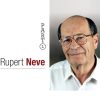
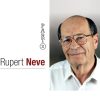








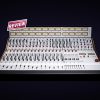









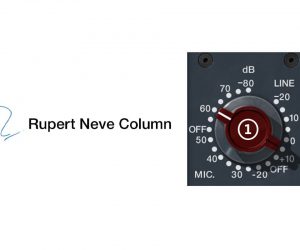
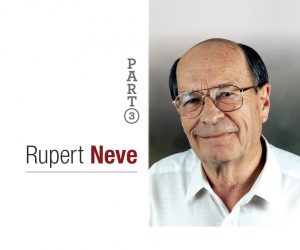



RESPONSES